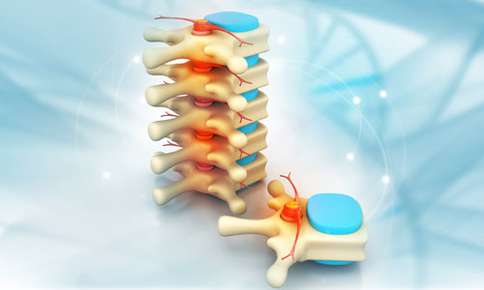
The word “chiropractic” comes from the Greek words cheir (hand) and praxis (action) and literally means “done by hand.” Instead of prescribing drugs or performing surgeries, chiropractors use manual treatments of the spine and joints, along with therapies and lifestyle changes to allow the body’s natural state of health to fully express itself. Here are some of the manipulation techniques you may come across at a chiropractic office.
Myofascial Release
Not all pain is caused by obvious injuries like broken bones or cuts. Some pain may stem from the myofascial tissues. These tough membranes are wrapped around your muscles to provide support and connect them to other parts of the body.
When myofascial tissue becomes stiff, it may restrict movement in both the muscles and joints. This can lead to joint and muscle pain. During myofascial release, your chiropractor will locate and release areas of myofascial tissue that are stiff and tight.
Manual Technique
Manual therapy, also known as manipulative therapy, is a physical treatment primarily used by chiropractors to treat musculoskeletal pain and debility.
This form of physical therapy takes a hands-on approach rather than using devices or machines. When a chiropractor uses their hands during manual therapy, they apply pressure on the muscle tissue and maneuver the joints in an effort to reduce pain associated with muscle tension, muscle spasm and joint dysfunction.
Drop-Table Technique
Forceful spinal manipulation is not always necessary to treat conditions of the lower back, mid-back and neck. Gentle chiropractic treatment, such as drop table techniques, involves less powerful spinal maneuvering and slower, low-velocity movements that allow the affected joint to stay within its passive range of motion.
Active Release Techniques
When there is damage to muscles and other soft tissues including pulls, tears, or not being able to get enough oxygen (hypoxia), it can result in the body producing rough, thick scar tissue in the affected area.
Scar tissue restricts the tissues from moving freely because they bind them and tie them down, and as scar tissue builds up, muscles shorten and become weaker, nerves become ensnared and tendinitis can develop due to tension on the tendons. This can lead to reduced range of motion, pain and loss of muscle strength. Should a nerve become trapped, the person may additionally experience numbness, tingling and weakness.
© 2018 Jones Chiropractic All Rights Reserved | Designed by The Garner Agency| HIPPA Privacy Notice


